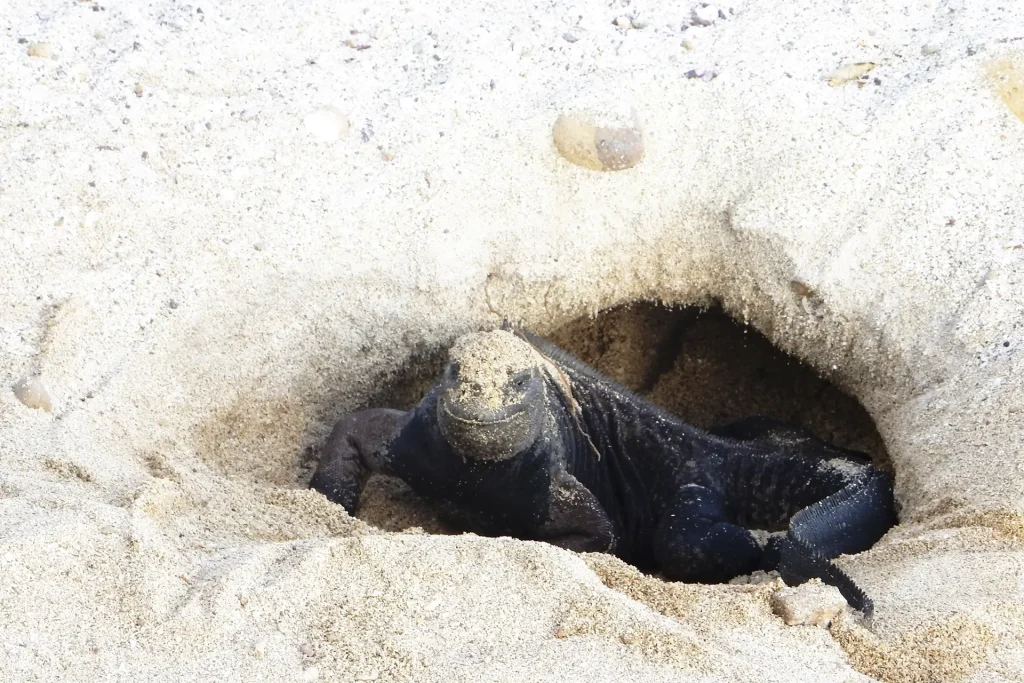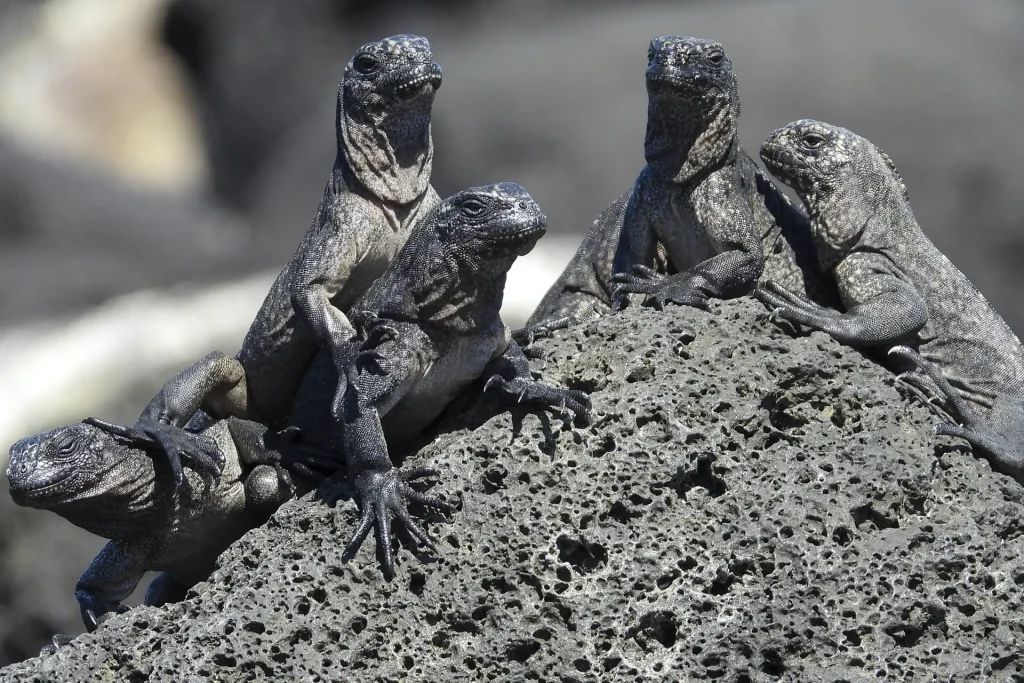The only lizards that can swim in the sea are Galapagos marine Iguanas. The iguanas are expert swimmers that feed on algae, which they collect with their three-pointed teeth by scraping the surface of submerged rocks. The success of these creatures in hatching and surviving is an important indicator of the health of marine environments.
The Journey Begins
During nesting season, the female marine iguanas dig nests on the beaches of Galapagos. The iguanas incubate their eggs under the warm sun for approximately three months after laying them. The small marine iguanas emerge from the well-buried eggs when it is time to hatch. They then make their way to the surface through the sand. It is an important time in their life, because they are facing a variety of natural predators including gulls and hawks as well as cats. Iguanas that have just hatched use their agility and instinct to run quickly to the rocky areas at the edge of water where they can survive with adult iguanas.
Ecological Importance & Conservation
Marine iguanas, which are only found in the Galapagos Islands, play an important role in the marine eco-system. They regulate the growth of algae and facilitate the flourishing other marine organisms by consuming algae.
Marine iguanas, despite being resilient, are still threatened by climate change, pollution and the introduction of invasive plants, all of which threaten their survival. It is important to continue to work to protect this fascinating creature and its unique habitat.
Our conservation director, Dr. Jorge Carrion emphasizes the significance of this event. He said, “The hatching marine iguanas are crucial for the health and sustainability of the Galapagos eco-system. These iguanas play a vital role in the dynamics of our ocean communities. “It is essential to the biodiversity of the islands that they are protected and ensured their survival.”

Photo: ©Linda Green
A Chance to Support Conservation
Galapagos’ iguana hatching season is a great opportunity to observe and learn. This natural event can be witnessed up close by visitors, who will gain a deeper understanding of these amazing reptiles.
Continue conservation efforts to protect marine iguanas, and their habitat. We can ensure that this natural phenomenon will continue for future generations by protecting these creatures and the environment they live in. Our donors and conservation-minded individuals are essential in achieving these goals, and protecting the biodiversity and ecosystems which make Galapagos such a unique and valuable place.

Photo: ©K. Wukitsch



